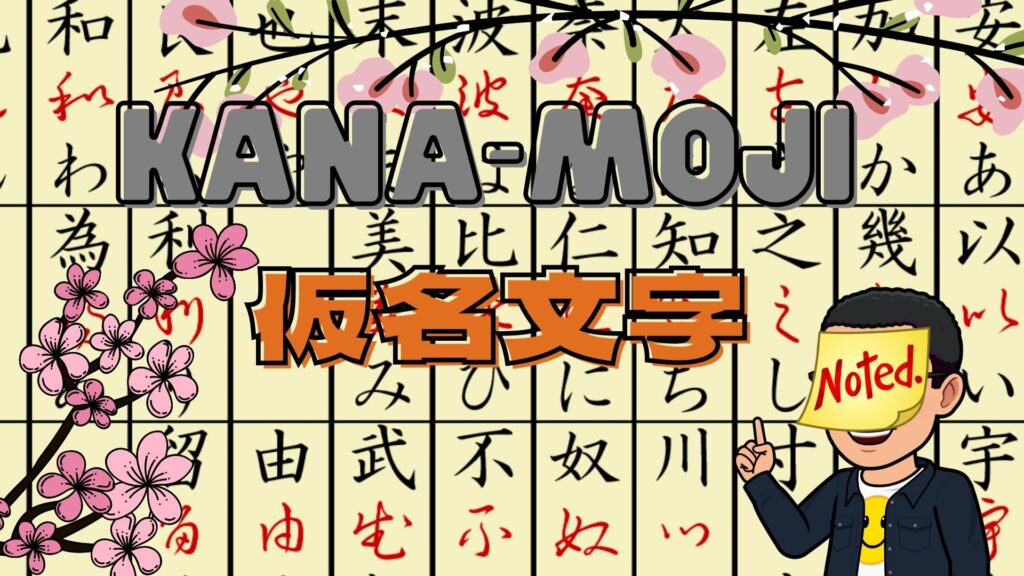Click here to go to the YouTube video

The theme of this time is The Kokufu Culture. What kind of culture flourished during the Heian period?

At the end of the 9th century, as the power of the Tang Dynasty waned, the 260-year-long Tang Dynasty envoys were abolished in 894 at the suggestion of Sugawara-no-Michizane, then a close aide to Emperor Uda.

Sugawara-no-Michizane was a scholarly elite who became the right minister of the Imperial Court. He was loved by the emperor, but due to a conspiracy by the Fujiwara clan, he was moved to Dazaifu, far from the capital, where he died.

The nobles of the Imperial Court feared Michizane’s vengeful ghost and worshipped him as a divine. Today, Michizane is known as the divine of learning.

The Tang Dynasty fell in the early 10th century, and the Song Dynasty unified China. On the Korean peninsula, the Goryeo Dynasty destroyed Silla. Japan did not establish diplomatic relations with the Song or Goryeo.

As exchange with the continent decreased, aristocrats developed a culture that suited the natural features and lifestyle of Japan. This uniquely Japanese culture is called the “Kokufu” culture.

For example, the aristocrats’ residences were built in the shinden-zukuri style, and their clothing became Japanese in style. Picture scrolls were also created to represent stories in Yamato-e style.

Hiragana and katakana, which represent Japanese pronunciations, were created by transforming kanji characters. With the birth of kana characters, people were able to express their thoughts and feelings freely.

Thus, wonderful literature by the women of the court appeared. Murasaki Shikibu wrote “The Tale of Genji,” said to be the world’s oldest full-length novel, and Sei Shonagon wrote her famous essay “The Pillow Book”.

I recommend “Kokin Waka Shu” (The Anthology of Ancient and Modern Japanese Poetry). In its kana preface, Ki-no-Tsurayuki proclaims the excellence of Yamato-uta poetry in beautiful Japanese sentences. Please check it out if you are interested.

During the Heian period, security was poor and social unrest was on the rise. To be reborn in the Pure Land of Ultimate Bliss after death, aristocrats created a statue of Amida Nyorai and built the Amida Hall, where they chanted Buddhist prayers. The Phoenix Hall of Byodoin temple built by Fujiwara-no-Yorimichi in Kyoto is a representative example, which is one of the World Cultural Heritage sites.
Thank you for reading. See you next time.




Comment